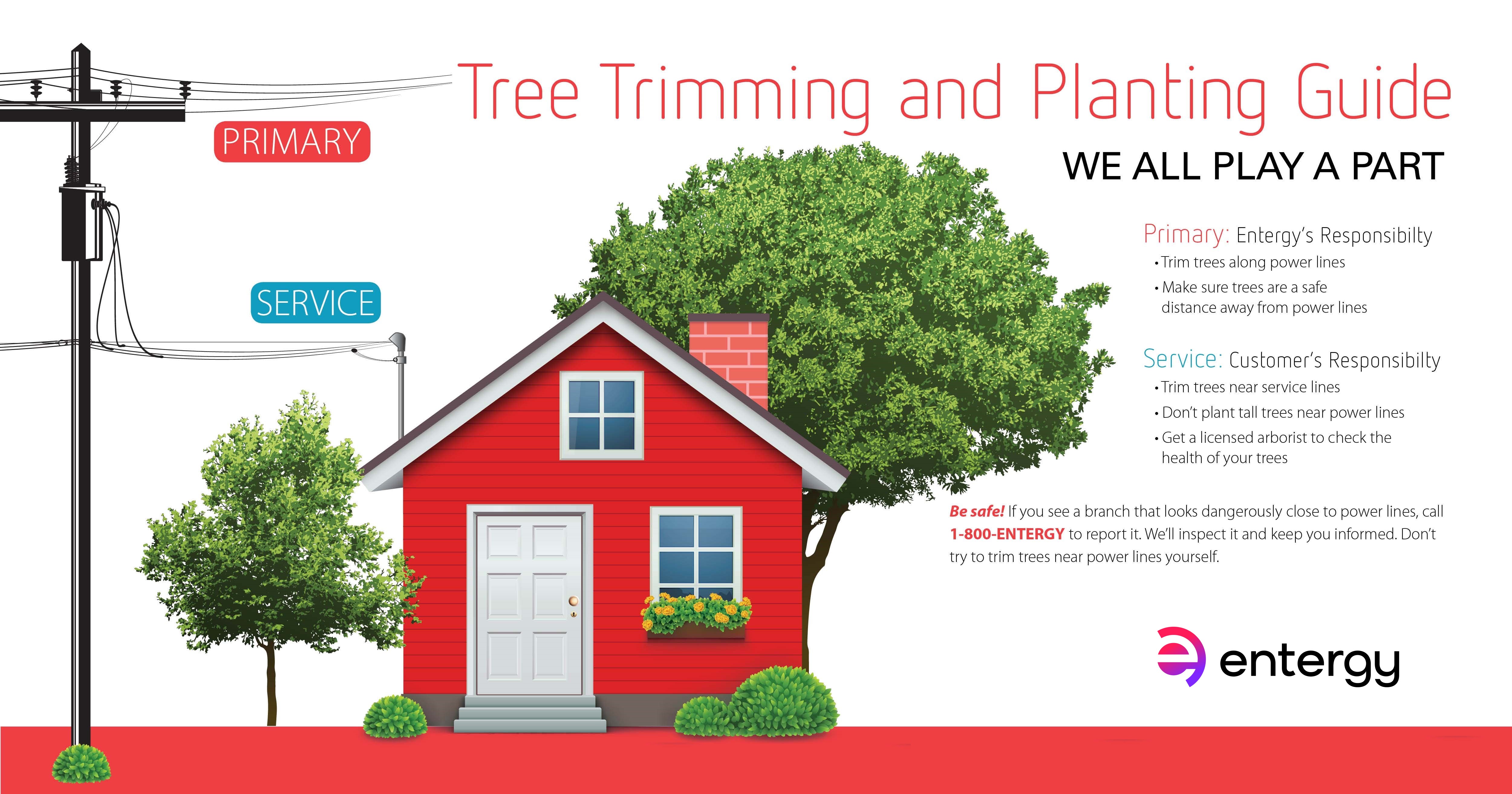Discover Strategies For Protecting A Healthy And Balanced Habitat After The Trees Have Actually Been Taken Down
Discover Strategies For Protecting A Healthy And Balanced Habitat After The Trees Have Actually Been Taken Down
Blog Article
Web Content Create By-
When it concerns seasonal tree care, ensuring proper management before and after removal can substantially impact the health and wellness and aesthetics of your landscape. By understanding the required actions associated with examining tree wellness and preparing for elimination, you can proactively safeguard your building. Yet what concerning the crucial practices to adhere to once the tree is gone? Stay tuned to find the crucial post-removal treatment actions that will assist you cultivate a successful and sustainable environment for your trees.
Pre-Removal Tree Care
Before resolving the elimination of a tree, it's critical to focus on pre-removal tree care. Begin by analyzing the tree's wellness and architectural honesty. Look for How To Trim A Birch Tree of illness, pest invasions, or any kind of architectural problems that may present a security hazard throughout elimination. It's vital to consult with a certified arborist to determine the most effective strategy.
Pruning dead or unhealthy branches can stop further damage to the tree and make sure a smoother removal procedure.
Furthermore, consider the ecological influence of eliminating the tree. Trees play a crucial duty in our ecosystem, so planting a new tree in a suitable area can assist balance out any loss. Make sure that you have the essential permits and authorizations for tree elimination, especially if the tree is safeguarded by regional laws.
Seasonal Upkeep Tips
Analyzing your tree's needs throughout the year is crucial for its health and wellness and long life. To keep What To Do With Stump Grinding Debris in leading condition, follow these seasonal upkeep tips.
In spring, concentrate on trimming to get rid of dead or damaged branches and encourage brand-new development.
Summer calls for normal watering, especially during dry spells, to ensure your tree remains hydrated.
As loss approaches, watch out for very early indications of disease or stress and anxiety, and think about applying mulch to safeguard the roots during winter season.
In wintertime, be cautious when getting rid of snow from branches to stop damage, and continue to check your tree's overall wellness.
Keep in mind to adjust your care routine based on the specific needs of your tree varieties and local climate. By remaining conscientious and aggressive throughout the seasons, you can aid your trees prosper and thrive for years ahead.
Post-Removal Tree Treatment
To ensure the health and wellness of your landscape even after tree elimination, correct post-removal treatment is vital. After a tree is removed, it's crucial to load the continuing to be hole with topsoil and small it to avoid settling. This will help maintain the integrity of the ground and avoid prospective dangers in the future.
Consider growing brand-new vegetation instead of the removed tree to bring back the balance and aesthetic appeals of your landscape. Frequently water the area to promote the growth of new plants and protect against dirt disintegration.
Check the bordering trees for any kind of signs of illness or stress and anxiety that might have been triggered by the eliminated tree. Watch out for parasites that could've been brought in to the previous tree and take safety nets to secure the continuing to be plants.
If required, seek advice from a professional arborist to assess the effect of the elimination on the surrounding trees and figure out any type of added treatment needed. By complying with these post-removal treatment actions, you can guarantee the ongoing health and wellness and elegance of your landscape.
Conclusion
In conclusion, proactive seasonal tree treatment is essential for maintaining the health and equilibrium of your landscape. By assessing tree health, pruning, and speaking with an arborist prior to removal, you can guarantee a safe process. After elimination, filling up the hole, growing brand-new vegetation, and routine watering will certainly promote brand-new growth and stop erosion. Keep in mind to inspect bordering trees for disease and seek further treatment steps from an arborist to keep your landscape flourishing.
